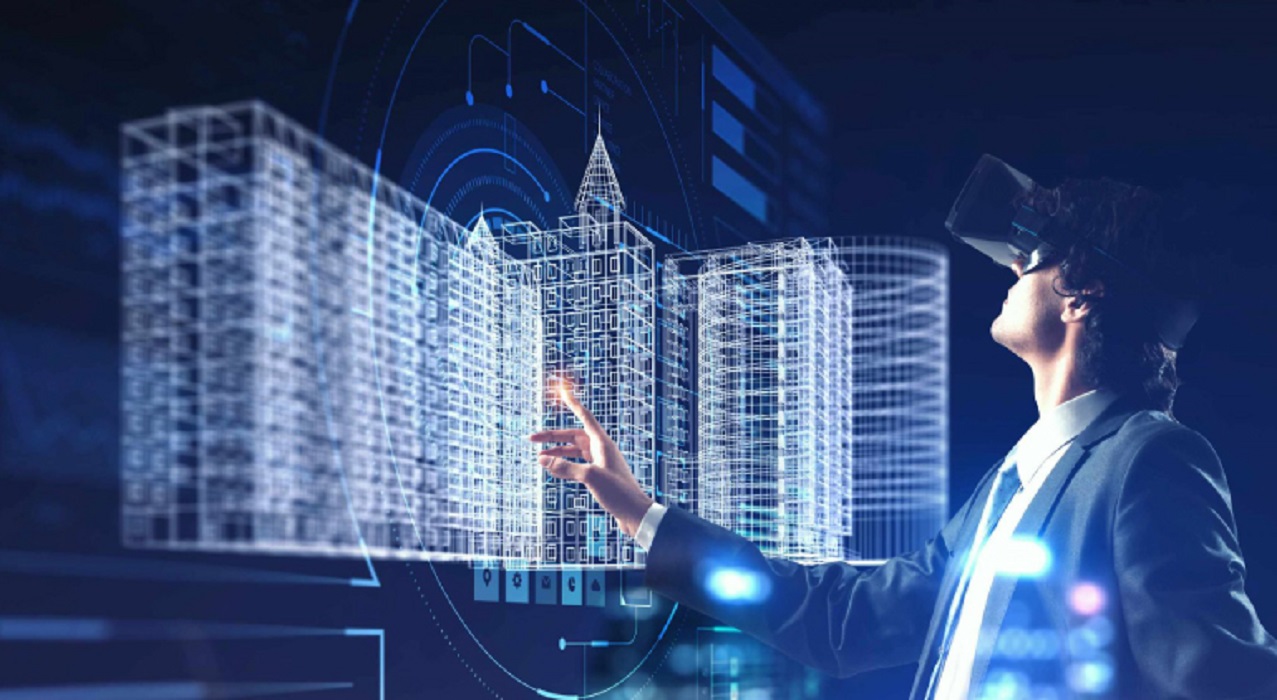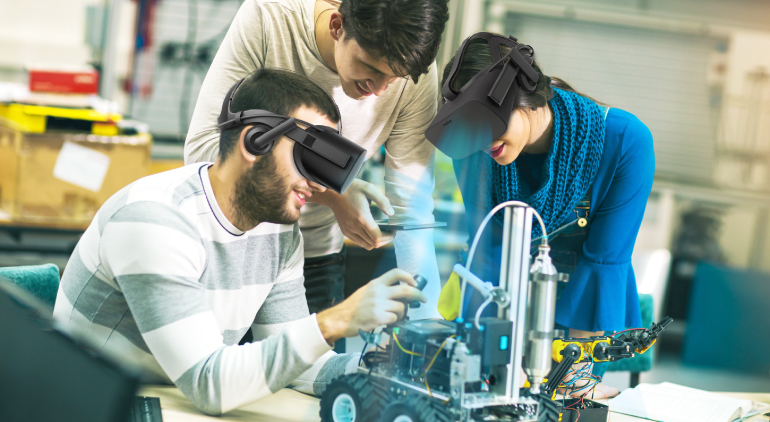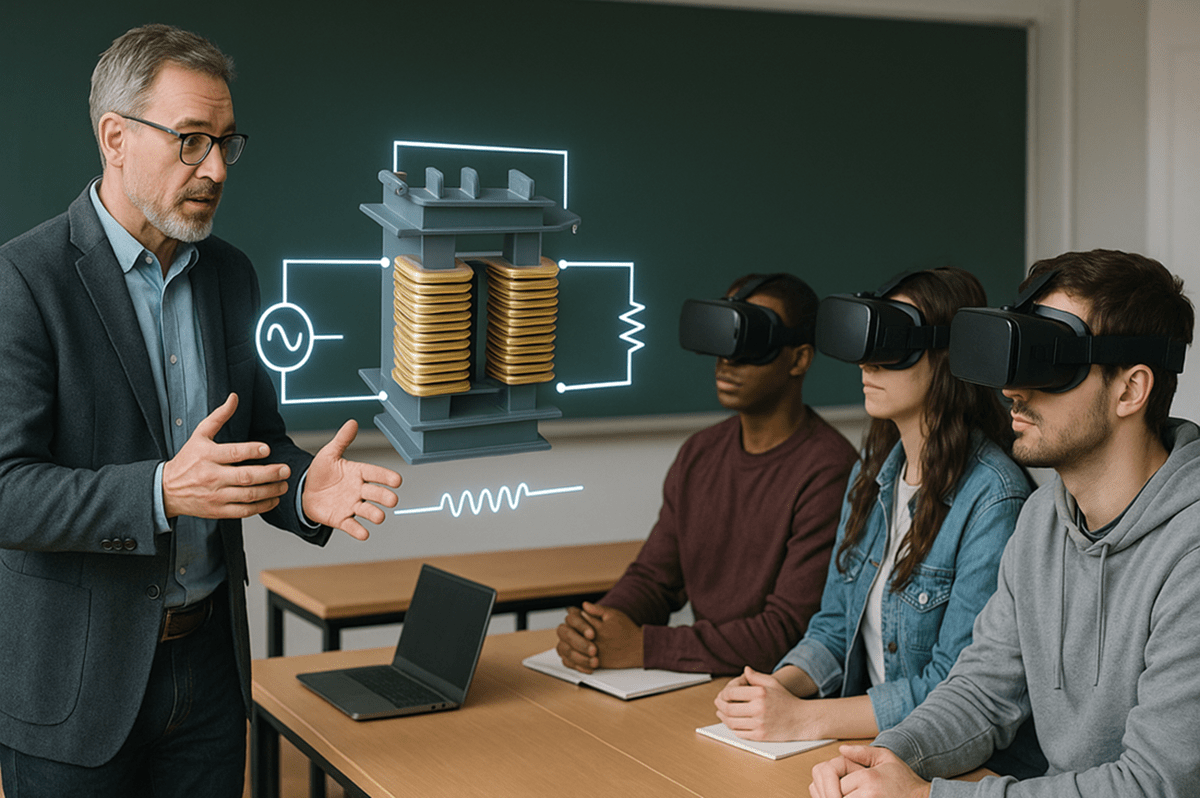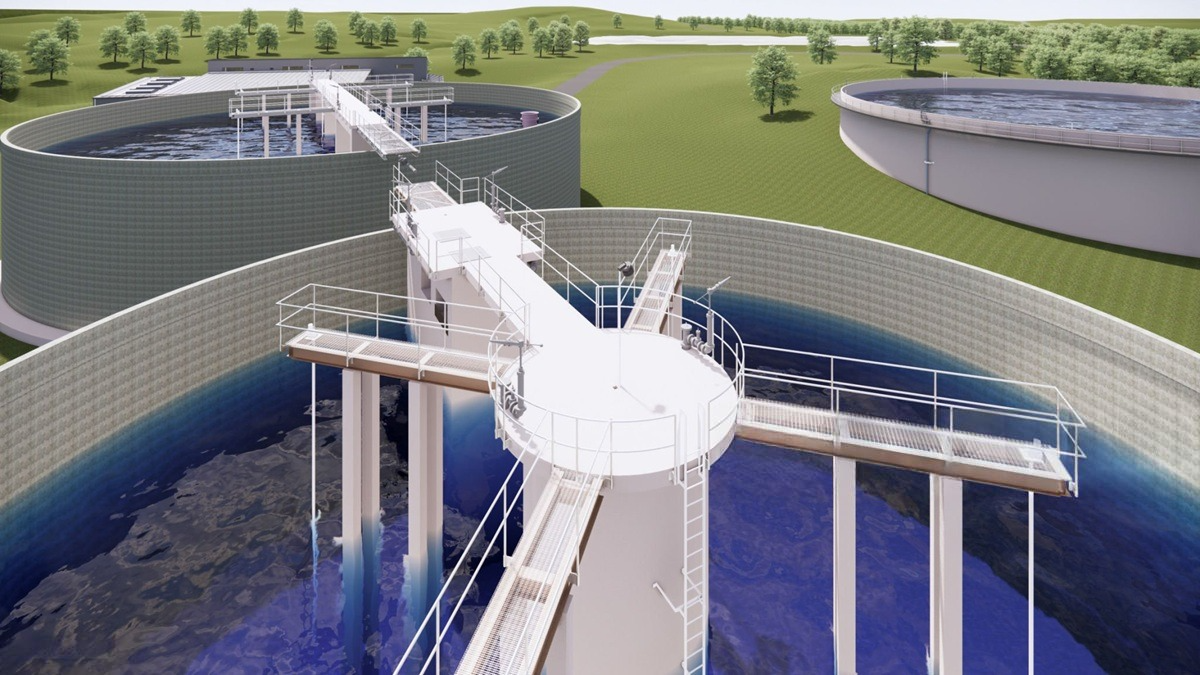Applications of Virtual Reality Learning Technologies in Smart Cities

Virtual Reality (VR) learning technologies (which primarily include VR based applications and varied VR headsets) are on the rise everywhere since its introduction to the educational market.
The union of VR and education, so far, has shown great promise in better and faster learning. However, VR is yet to earn a permanent spot in the educational field.
Applications of immersive technologies are galore. The entertainment industry has come to a point where 3D movies on screen are primitive since VR has been introduced. Marketing and retail, industries based on which economies thrive, are using such immersive technologies in their workplaces, and even urban planning is benefiting from the concept of a virtual reality city.
The engineering and medical field have also mapped a stark improvement in their fields, with the addition of Augmented Reality (AR) and VR technologies. Hence, education, the starting point of every career, is sure to benefit from applying VR learning technologies.
AR and VR education technologies begin at smart cities. This is because smart cities have the resources and connectivity that is compatible with these novel immersive technologies.
However, since these immersive technologies are known to be captivating, parents often think that their applications cannot be beneficial for the education system.
Yet, as we are uncovering the application of AR and VR, we are uncovering their suitability in the education system as well. Time and time again, we have managed to find that AR and VR technologies ARE the perfect educational tool!
1. Smart City Students
AR and VR education technologies in a virtual reality city, within a smart city, can flourish due to state-of-the-art classrooms, superior connectivity, and advanced technology. In fact, applying such technologies to the classroom of smart cities can allow students to understand dense concepts easily.
More importantly, students in AR smart city environments will be introduced to an innovative and captivating method of studying that, when paired with traditional teaching, can enhance learning significantly!
Hence, educational institutes, from schools to colleges, can implement benefits of VR learning technologies to classrooms to cater to the student demographic and increase learning efficiency.
2. Engineers and Urban Development
The plan and shape of a smart city, including virtual city development, supports many facilities. This includes supervision through connected camera systems, strategically located and operated traffic signals, and sensor-driven technologies while constructing buildings and structures.
The entire city can be mapped out in the form of a very elaborate blueprint. Smart cities are called, so not solely because of developing technology but because of the urban planning as well. Space is well utilised and natural resources are utilised in the most efficient way.
Urban planning involves the use of designing and structuring detailed layouts in a 3D form in order to see if all avenues work amongst each other or not. In simpler words, 3D models of urban planning allow engineers to pick out the pros and cons.
Engineering students can learn from prototype models using VR technology and aim to learn the intricate mechanisms of such smart cities.
3. Laboratories

The system of transportation and delivery is highly convenient and prompt in smart cities, which makes it slightly easy to support research and technology at high end laboratories.
However, smart cities cater to smart laboratories too. This means that the copious amounts of resources required to run a lab smoothly for multiple research teams from varied disciplines is easily attainable, the cost of it all is not so simply attainable.
Research laboratories, especially those based on engineering, technology, and medicine, require costly equipment for experimentation. Funding such a sophisticated laboratory is, although important, challenging which is the chief reason for bumps in research.
However, with the application of immersive technologies in education in the form of AR and VR laboratories, the dire situation of research can be substantially improved.
One such advanced VR lab is called Labster which is not affected by cost or time restraints. The application is simple to use and students can perform almost all kinds or research and experiments in this simulated VR lab, as they can in a real one.
The added benefits include overall safety and a stress-free environment. Labster even allows for multiple people to log in to the same lab in order to work together in collaboration as a team. It can be simplified in order to cater to younger students and modified to cater to students pursuing higher education.
"Explore the possibilities of VR learning in Smart Cities. Join our Virtual Learning Environment today and shape the future of urban education!"
4. Emergency Medical Requirements
Smart cities are busy cities and hospitals and healthcare workers are constantly busy. The emergency ward is open 24 hours with various doctors on call.
However, numerous times, patients that are critical have not been able to receive treatment due to not being able to reach a hospital on time. In these scenarios, healthcare workers in ambulances can receive emergency medical training virtually from on-call emergency doctors.
The doctors can view the situation from the eyes of a nurse, present in an ambulance and give direct first-aid directions to stabilise a patient’s conditions.
Smart cities rely on the latest technologies. AR and VR, including virtual city development, are the latest technologies that promise a revolutionary digital future, making our lives efficient in many ways. It is important, especially if you belong to a smart city, to explore the advantages of VR and accept its varied applications with an open mind!


.png)
.png)

.png)